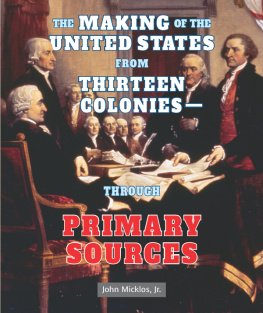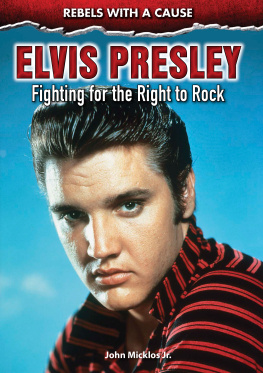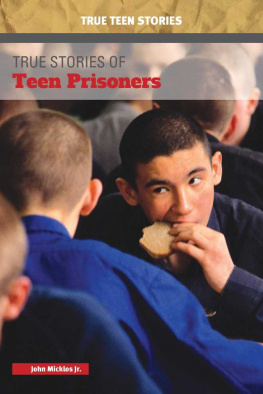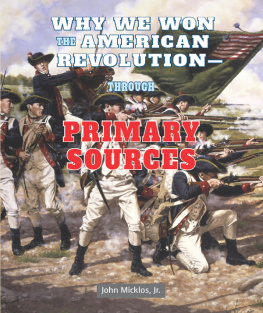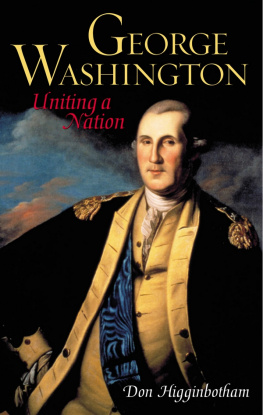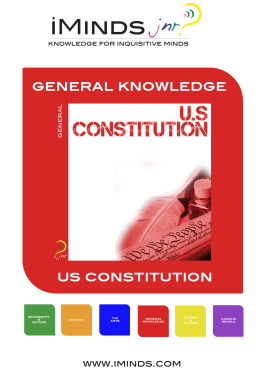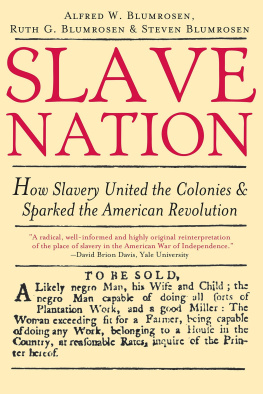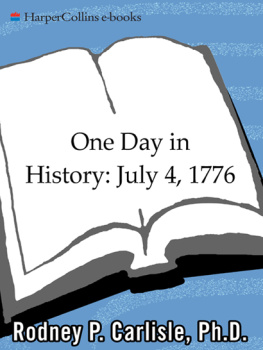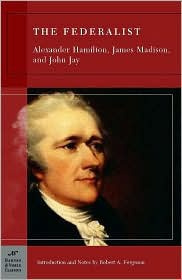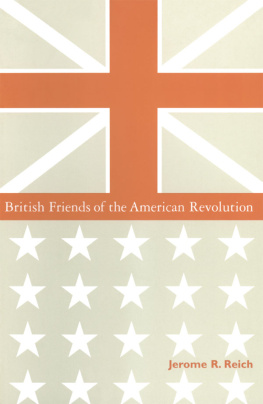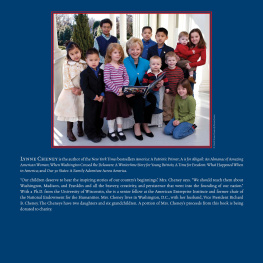CREATING a NEW GOVERNMENT!
Winning the American Revolution was just the first step. After defeating Great Britain, the American colonies were united in name only. How would this independent nation be governed? During the summer of 1787, representatives went to Philadelphia to solve the problem. The resultthe U.S. Constitutioncreated a new government, establishing the foundations of a free nation.
Learn how the American colonists quest for freedom led to the establishment of a form of government that has spread throughout large parts of the world, and continues to spread today.
Duncan Jamieson, Professor of History, Ashland University
A well-researched, well-written, and accessible history of the critical events leading up to the founding of the Republic.
Dr. Richard A. Glenn, Professor and Chair Department of Government and Political Affairs, Millersville University
About the Author
Author John Micklos, Jr., is a freelance writer, editor, and visiting author for schools. His many titles for young people include history books, biographies, and poetry books.

Image Credit: Library of Congress Prints and Photographs
The Mitchell Map (above), created by John Mitchell from 1755 to 1757, is the most comprehensive map of eastern North America made during the colonial era. It helped define the borders of the United States after the war. When the map was first drawn, the thirteen colonies were all part of Great Britain.
By the mid-1700s, Great Britain had thirteen colonies along the eastern coast of North America. These thirteen colonies stretched from Massachusetts in the north to Georgia in the south.
In no way were the colonies united. Sometimes the colonies got along with one another. But sometimes they did not. For example, New York and New Hampshire clashed over which colony owned the land that would later become Vermont. Maryland and Virginia argued with Pennsylvania over Pennsylvanias borders.
For all their differences, the thirteen colonies had a lot in common. They were all part of the British Empire. People in the colonies were subjects of Great Britains king. And they had the rights of British citizens.
The colonies all belonged to Britain. But each had its own colonial government. In most cases, this government was led by a royal governor. He was appointed by Britains king. The governor, in turn, chose members of a council to advise him. But the colonies also established assemblies. These were legislatures, or groups, that dealt with the making of laws. Colonists elected the members, though typically only free men who owned property could vote. The oldest colonial assembly, Virginias House of Burgesses, met for the first time in 1619.
The colonists believed that Britains king was their rightful ruler. But over the years, they also came to believe they had the right to help decide how they were governed. In the 1760s, some colonists started to think this right was being ignored.
Parliament, Englands legislature, had decided to make the colonists pay taxes on certain goods. In 1764, Parliament passed a law called the Sugar Act. It set a tax on sugar, molasses, and other products imported, or brought into, the American colonies. The following year, Parliament passed the Stamp Act. This law required that colonists buy a tax stamp to put on all printed material, including books, newspapers, marriage licenses, legal documents, playing cards, and even dice.
Early in the history of the British colonies, royal governors held almost all the power. In most colonies, only the governor could propose a law. The assembly could only approve or disapprove it. Over the years, though, the colonial assemblies gained more power. By the early 1700s, they were allowed to suggest laws. They could also vote on how the colonial government taxed its people and how the government spent the money it collected. Gradually, the assemblies took on more and more responsibility for running the colonies. For the most part, British officials did not try to stop them.
These taxes were supposed to raise money to help the British government pay the costs of defending the American colonies. For instance, Britain had spent a lot of money sending troops to defend the colonies during the French and Indian War. Still, colonists believed the taxes were unfair. Colonists could not vote for members of Parliament. So they said Parliament should not have the power to tax them. No taxation without representation became a rallying cry for angry colonists. Protests and riots broke out in several cities, starting with Boston. Groups calling themselves the Sons of Liberty threatened agents hired by the British to collect the stamp tax. Most of these officials quickly quit their posts.
The colonies had been used to acting alone. As a result of the Stamp Act, they began to work together. In October 1765, delegates (representatives) from nine of the thirteen colonies traveled to New York City for a gathering called the Stamp Act Congress. The delegates drafted a document in which they expressed their warmest sentiments of affection and duty to His Majestys person and government. But the delegates also said that colonists were entitled to all the rights and privileges of the kings subjects in England. One of those was the right not to be taxed unless they gave their consent, or permission. In England, this consent was given through elected representatives in Parliament. In the colonies, that consent had to be given through the elected colonial legislatures. So the delegates asked King George III and Parliament to cancel the Stamp Act.

Image Credit: Library of Congress Prints and Photographs
This is a proof sheet of one-penny stamps made for the Stamp Act of 1765. This British law required the stamp to be placed on all printed materials in the thirteen colonies.
Less than six months later, in March 1766, the British Parliament did end the Stamp Act. But the next year, it passed the Townshend Acts. These laws required colonists to pay taxes on imported glass, lead, paint, paper, and tea. In response, the colonies boycotted, or stopped buying and using, all English goods. Women in groups called the Daughters of Liberty began to spin and weave cloth so they did not have to buy fabric and clothing from England.
The colonists boycott hurt the British economy. Eventually, Parliament canceled the import taxes on all goods except for tea. And the tax on tea was lowered. The British wanted to end the boycott. But they did not want to admit that Parliament had no right to tax the colonists. As King George said, There must always be one tax to keep up the right.
For some colonists, though, even one small tax was too much. In Philadelphia and New York, British ships carrying tea were not allowed to unload their cargo. In Boston, a group of angry colonists dumped 342 chests of British tea into the harbor on December 16, 1773. This became known as the Boston Tea Party.

Image Credit: Library of Congress Prints and Photographs

